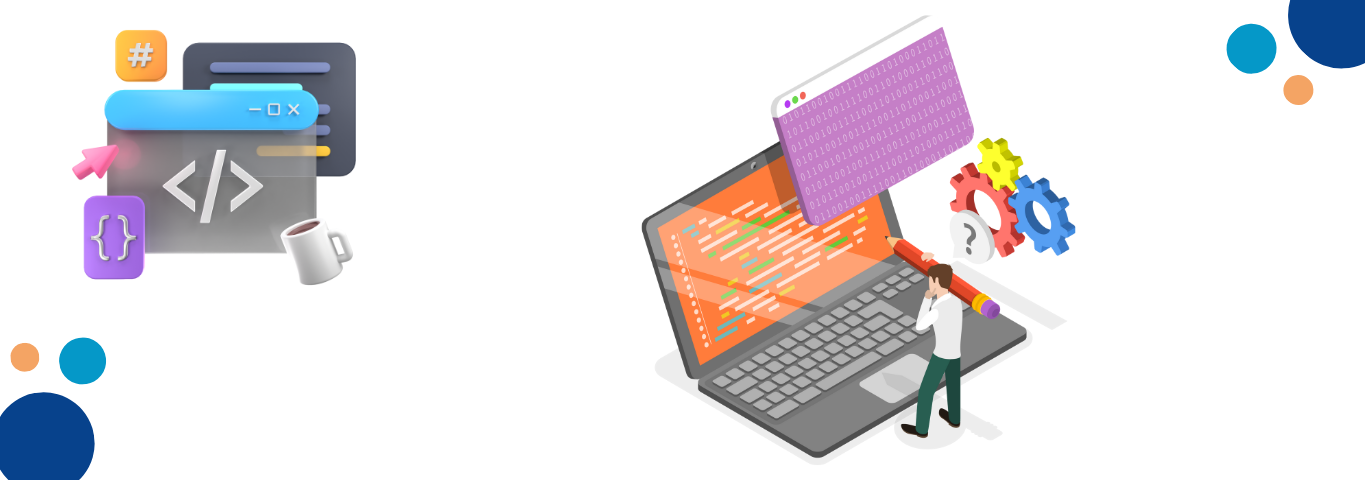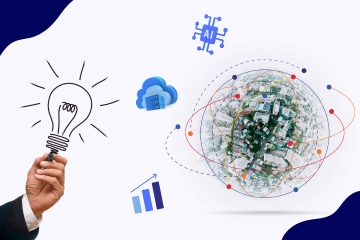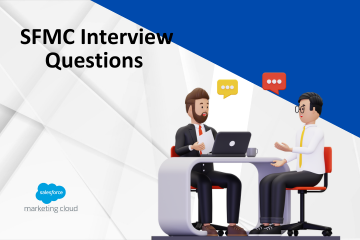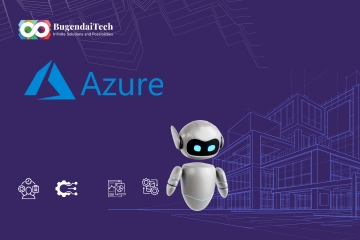Different development firms have adapted different software product design and development lifecycle variations. The software product development life cycle is separated into six phases or steps, but the intended strategy for all life cycles is the same.
These phases may proceed sequentially or occasionally coincide based on your approach to development.
They are as follows:
Phase 1: Proper Research and Planning
This phase is being carried out to collect data regarding business requirements and record them before the project begins. A developer or project manager gathers all client expectations regarding the project at this phase.
The project manager will inquire about the goal of the business software, specifics regarding end users, and expectations from the client. The developers can get a fundamental understanding of the product with the help of such details. After gathering the necessary prerequisites, you can continue the conversation by gathering additional relevant information.
To help with your development lifecycle, ask them about their direct or indirect competitors, initial pricing models, initial product plans, budgets for MVP development, and other similar topics. It is the first but crucial stage in the software product life cycle that you should take seriously.
The development agency compiles all the information into a document, which it then sends to the developers. This paper is called the Software Requirements Specification (SRS).
Phase 2: Designing and Prototyping of the Software
The design phase is one of the most important steps in the software product development life cycle. Using the information provided by SRS, developers create the essential, comprehensible details of the complete software solution. The developers will first go over user interfaces, system interfaces, database, and network requirements.
They smoothly integrate the SRS document into a computer language by converting it into a more meaningful form. The specialized software development team then carries out a variety of training, operations, and maintenance plans to ensure that the developers are aware of their responsibilities at each stage of the software product development cycle.
Developers or product development managers will work on a design document once the design is complete, as this document is essential to subsequent cycle phases. To determine whether the concepts and implementations will be successful, software developers also use primary research to create an MVP (Minimum Viable Product) or program prototype.
This prototype is used to tailor the projects with the appropriate executions to close the gaps in the early phases.
Phase 3: Software Development
It is the backbone of the whole software development lifecycle since developers construct software here. Because developers have to write the code for several software components, they spend a lot of time at this stage.
The entire process is sped up by distributing all duties among the committed development team. Code is written for particular components by individuals based on their areas of expertise.
The development team is responsible for developing a wholesome user interface (UI) for the program and communicating with the server. Database administrators are crucial to adding the required data to the softwares database. The meticulous execution of the preceding two phases makes the development phase easier.
Developers must adhere to any special rules regarding coding standards and code quality. For simpler development, they will also use a number of tools, including interpreters, compilers, and debuggers. This step of the product SDLC produces a working software system and a source code document.
Phase 4: Testing Phase
Throughout this phase, the software testers and developers will check that the program satisfies the clients needs. The QA team will conduct testing to determine the caliber of the finished product. The team will conduct functional, performance, unit, security, and usability testing throughout this mission.
These tests get the following results on the softwares quality:
- Functional testing examines if the program fulfills every specification listed in the SRS.
- Performance testing will demonstrate the products performance under load.
- This is where the speed, reactivity, and stability will be evaluated.
- Unit testing involves examining every component to identify any possible flaws or loopholes.
- One specific step used to confirm the systems security is security testing.
- Usability testing discovers whether the software is user-friendly, intuitive, and easy to grasp.
If QA and testing professionals discover any flaws or errors, they will request that the developers address them before retesting. This process is repeated until all project requirements are met and the program is bug-free.
Phase 5: Deployment Phase
The last stage is releasing the completed product onto the market so consumers can purchase and utilize it. When the product appears ready for the next stage during pre-testing, it is transferred to production. At this stage, project managers work with clients to release or deploy the software.
The deployment process is carried out using a good orchestration that consists of:
- Proper server setup
- Building CI/CD pipeline
- Protecting the software from any potential third-party failures
- Preparing and implementing the complete deployment plan
Phase 6: Maintenance Phase
After releasing your product, you can presume that regular maintenance has to be carried out and that operations have started. Maintenance is one of the most crucial parts of a complete product life cycle in software engineering. By assigning the developers the task of continuously maintaining the software, clients can keep using the developers services.
As a result, the software is updated and improved to ensure high uptime and optimal operation. The development team will negotiate an agreement with clients to transfer this ongoing maintenance responsibility to them.
At the end
Every projects requirements can be accommodated by modifying the software product development life cycle. But remember that the responsibility for adequately completing the entire process always rests with competent developers and engineers, regardless of how closely you adhere to these six elements of an efficient software product development life cycle.
Do you need help developing software? Give BugendaiTech a try. Our area of expertise is providing end-to-end product development services to assist companies in achieving operational excellence.
With current solutions constructed from state-of-the-art technologies, our team of professionals persistently works to deploy a transformation roadmap of strategies that provide the best value to your business.






Comments